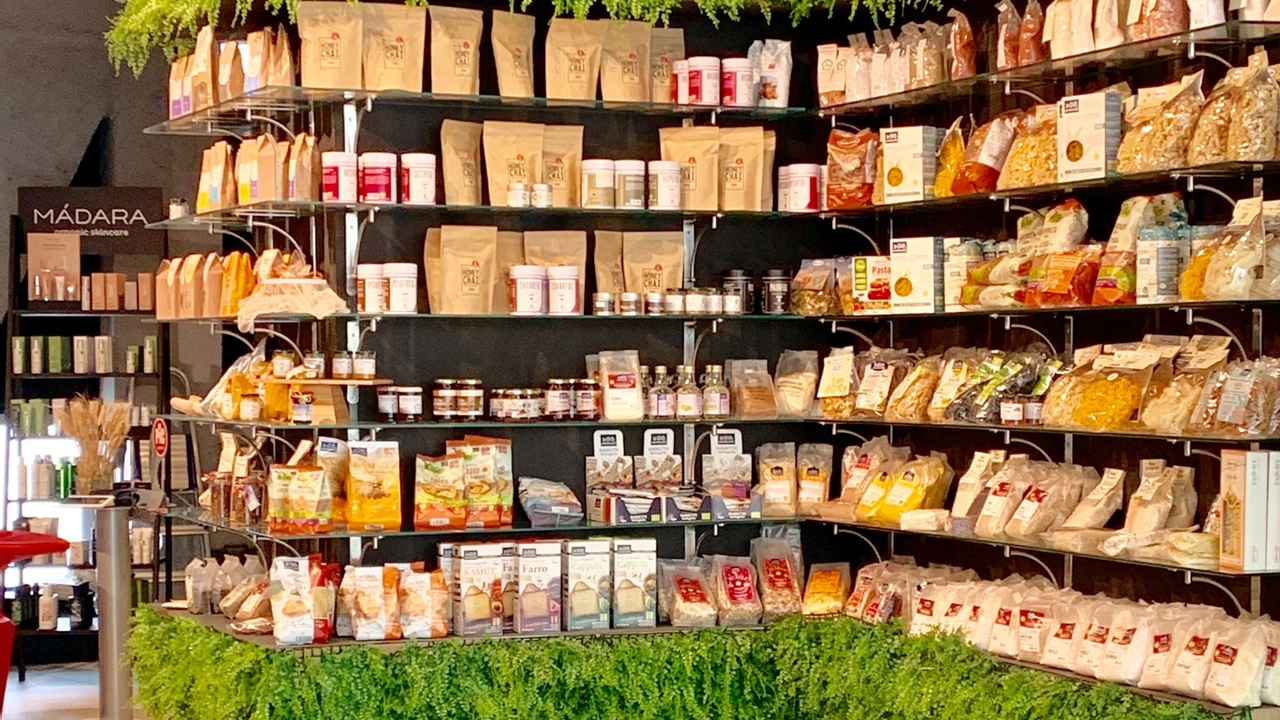Food or Foe? The Art of Reading Labels
Jun 25, 2021
A quick guide to some scary words
Numerous substances, including sugars, are added to our food to render it more attractive to us. It can make the food a better colour, prevent it going off, or just improve the look and mouth feel. The important consideration is that these are synthetic compounds, some with well known negative health effects, and most importantly we really don’t know the long-term effects of consuming these chemicals. Many that were once deemed safe decades ago have now been banned due to further research or side-effects seen.
The only real way to avoid the chemicals that fill our supermarkets is to prepare food from natural ingredients that you have prepared yourself, but let’s be realistic – sometimes we all need a little convenience.
There are other health considerations to food choices of course, but if we can firstly rule out ingredients that can be actively detrimental to our health, then we are onto a good start. Paying a bit more money for a higher quality product will often result in less chemical interference – just check ‘budget’ and ‘luxury’ versions of a similar supermarket product to show how sugar or chemicals can be used to enhance the flavour of cheaper ingredients or higher preservative content means the food costs less because it has a longer shelf-life.
Here’s a quick guide to some common culprits, but as a rule, if you don’t recognise it as food – it probably isn’t!
Artificial Sweeteners
Sweeteners are often added to products to be able to label them as ‘diet’ or ‘low sugar’ but don’t be fooled into thinking this is a healthier option. At least sugar has the upper hand here of being derived from natural substances; sweeteners are chemicals designed to tell the body it has received something sweet and more often than not can have detrimental effects.
The science and evidence remain unclear about sweeteners, but remember these are big business and are designed to cause a response in the brain:
- Saccharin – widespread use much declined since linked to cancer in laboratory animals.
- Aspartame – a common sweetener for ‘diet’ products, sweets and soft drinks (as brands Nutrasweet and Equal), it has been linked to cancer and neurological problems, such as dizziness or hallucinations.
- Acesulfame-K – relatively new with little research (although preliminarily linked to some cancers), it is often used with aspartame to boost its sweetness; tends to be used in baked goods, chewing gum and sweets with gelatine.
These sweeteners also keep a sweet tooth and cravings alive – much better to save a sweet taste and occasionally go for a better quality chocolate or cake as a treat. If you use sugar or sweeteners in tea or coffee, don’t find substitutes, wean off slowly – a sweet tooth is quickly changed.
MSG - monosodium glutamate
You may have heard of MSG through so-called ‘Chinese Restaurant Syndrome’, where numbness, weakness, and palpitations are experienced soon after eating food containing the flavour enhancing substance. MSG doesn’t actually taste of anything, rather heightens the enjoyable taste experience the brain receives from food it is mixed with. It is now known to be a neurotoxin (damaging to the brain) and can also trigger migraines in those susceptible. If eating in a Chinese restaurant, ask if they use MSG and see if they can cook you food without or find somewhere that doesn’t!
These ingredients always contain MSG:
| Glutamate | Glutamic acid | Monosodium glutamate |
| Textured protein | Hydrolyzed protein | Monopotassium glutamate |
| Calcium caseinate | Sodium caseinate | Gelatin |
| Yeast extract | Yeast food | Autolyzed yeast |
These ingredients often contain MSG or create MSG during processing:
| Natural pork flavouring | Natural beef flavouring | Natural chicken flavouring |
| Soy sauce | Soy protein isolate | Soy protein |
| Bouillon | Stock | Broth |
| Malt extract | Malt flavouring | Barley malt |
| Whey protein | Carrageenan | Maltodextrin |
| Pectin | Protease | Powdered milk |
Source: MSG Dangers and Deceptions, Jack L Samuels
Preservatives
Preservatives are what keep food on the shelves for longer and therefore make it cheaper. That’s why more natural food decays at a natural rate, a healthy fact that should encourage us to cook more regularly from fresh. Here are some common examples, but anything chemical-sounding rather than a recognisable food has the potential to cause an unwanted reaction:
- Sulphur dioxide and sulphites (E220-228) – used to preserve colour in dried fruits and vegetables and to stop bacterial growth in wine, some snacks and baked goods. Strong reactions can be seen, including headaches, nausea, diarrhoea and they may trigger asthma.
- Nitrates and nitrites (sodium nitrate/-ite or potassium nitrate/-ite) (E249-252) - used as preservatives in processed meats such as bacon, ham and sausages and smoked fish. Studies have linked them to various types of cancer.
- BHA and EDTA - used to preserve common foods like cereal products, soup bases, chewing gum, crisps, and vegetable oils. They are toxic to the liver and kidneys and form potentially form cancer-causing substances.
If you're wanting more ways to support your wellbeing from the inside out, take a look at the Charlotte Watts Health Shop.
Featuring a line of 50 high quality, great value supplements, which include targeted body system formulas - as well as vegan protein powders, greens, vitamins, minerals, amino acids and omega oils, and more.




